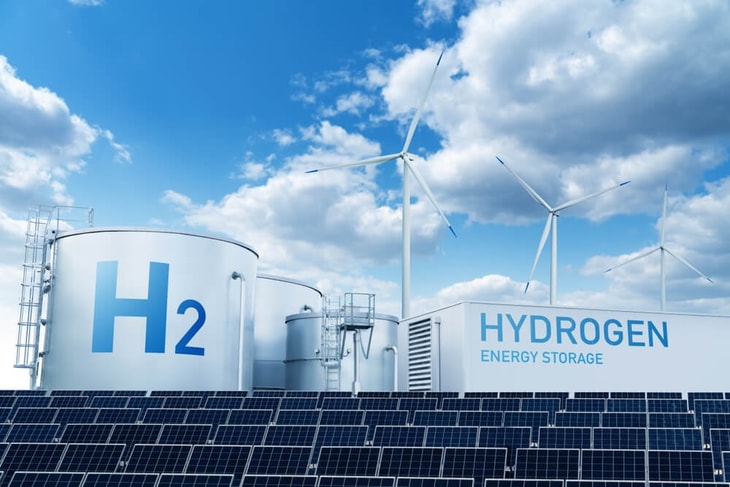Total investment in hydrogen projects is forecasted to top $680bn this year, an eight-fold increase on 2020, according to the latest Hydrogen Insights report from the Hydrogen Council and McKinsey & Company.
The global project pipeline has risen from 228 four years ago to 1,572 today.
Clean hydrogen projects that reached FID have seen a seven-fold increase in committed investment, growing from approximately $10bn across 102 projects in 2020 to $75bn across 434 projects in 2024.
... to continue reading you must be subscribed







